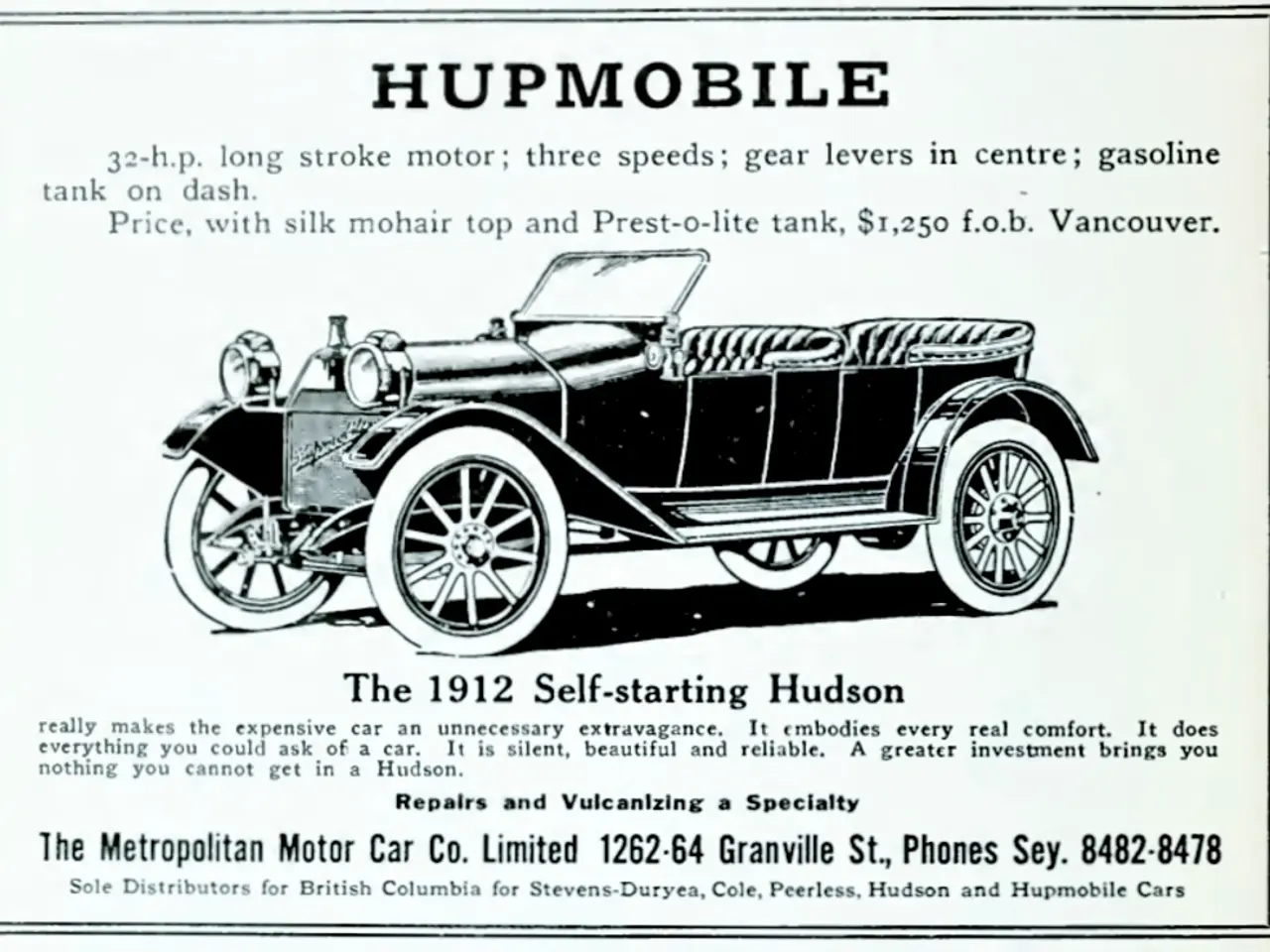Azerion's Roxanne Harley talks about burnout due to fragmentation, the significant areas of omnichannel marketing, and the implementation of these strategies in real-life scenarios
In the rapidly evolving world of advertising, a unified approach is proving to be the key to success. This new strategy, known as Connected Omnichannel Advertising (COA), is designed to address the challenges posed by fragmentation and fatigue in the industry.
The main challenges advertisers face in 2025 are fragmentation fatigue, resulting in long planning times, lost brand messages, wasted spend, and audience bombardment with repetitive or irrelevant ads. COA aims to rectify these issues by unifying planning, activation, and measurement across all relevant channels, following the customer journey instead of the other way around.
Brand building needs to stretch across channels and time frames. COA recognizes that brand building isn't one channel, one moment, or one metric. In this approach, media is about reach with relevance, data is the intelligence layer, technology is the enabler, and creativity is the differentiator.
The traditional funnel is no longer applicable as people do not move in a neat line from awareness to purchase. Instead, COA leverages innovative technologies to engage audiences effectively, integrating multiple platforms and providing a coherent customer journey.
Examples of unified activation in action include sequencing CTV, DOOH, audio, gaming, and display intelligently, targeting based on people and mindsets instead of cookies, and using adaptive, channel-aware creative to avoid blending into the background.
Agencies can spend more time on strategy and storytelling with COA, freeing up resources to focus on creating compelling narratives that resonate with their audiences. Brands save money by avoiding wasted impressions with COA, ensuring their messages reach the right people at the right time.
Publishers also benefit from higher-value campaigns due to unified buying with COA. In Cannes research, it was found that 84% of purchase decisions are made before active buying begins, underscoring the importance of effective pre-purchase marketing.
Understanding the customer's mindset and channel preferences is crucial for effective COA. The 'Memorable Connections' research, which analyzed the responses of 10,000 UK participants, demonstrated the importance of this approach.
The four disciplines needed to make omnichannel work are media, data, technology, and creativity. Media ensures intelligent sequencing for coherent customer journeys, data provides real-behavior and outcome-based decisions, technology enables integrated planning, buying, activation, and measurement, and creativity differentiates ads to avoid blending into the background.
A unified campaign can generate significant results. For instance, an auto brand managed to generate 865 dealership visits in just 14 days by implementing a well-planned omnichannel strategy. As the advertising landscape continues to evolve, it's clear that COA will play a crucial role in the future of comprehensive, multi-channel advertising from 2025, enabling highly personalized, data-driven campaigns that engage audiences effectively.
Read also:
- visionary women of WearCheck spearheading technological advancements and catalyzing transformations
- Recognition of Exceptional Patient Care: Top Staff Honored by Medical Center Board
- A continuous command instructing an entity to halts all actions, repeated numerous times.
- Oxidative Stress in Sperm Abnormalities: Impact of Reactive Oxygen Species (ROS) on Sperm Harm








